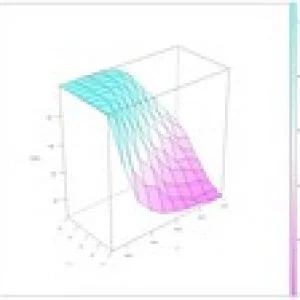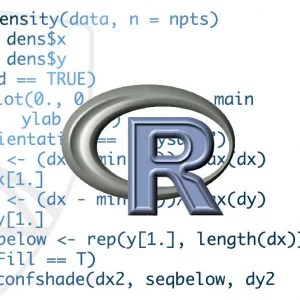
This is the 5th course in the Reactive Course Series
Spring WebFlux is a reactive non–blocking web stack which scales better & provides better performance compared to traditional Spring Web MVC!
In this course, we learn various integration and resilient design patterns with Spring WebFlux to build Reactive Microservices.
By the end of this course you would be comfortable with:
Integration Patterns:
Handling multiple reactive microservices communication in a much better way!
Gateway Aggregator Pattern
Aim of this pattern is to reduce the network latency when a client needs to communicate with multiple backend services to perform an operation & also to act like a facade for the complex backend services.
Scatter Gather Pattern
Aim of this pattern is to route a request message to the number of backend services. It then uses an Aggregator to collect the responses.
Orchestrator Pattern (SAGA – for parallel workflow)
Aim of this pattern is to orchestrate multiple backend services to provide a complex workflow. Take an e–commerce application in which we have payment service, inventory service, shipping service etc. An order can be fulfilled only when all these services return success response. What needs to be done when payment is success but shipping failed or vice versa. How to handle such complex transactions which spans multiple microservices?
Specification: Design Patterns With Spring WebFlux
|
User Reviews
Be the first to review “Design Patterns With Spring WebFlux” Cancel reply
This site uses Akismet to reduce spam. Learn how your comment data is processed.

| Price | $14.99 |
|---|---|
| Provider | |
| Duration | 8.5 hours |
| Year | 2022 |
| Level | Intermediate |
| Language | English ... |
| Certificate | Yes |
| Quizzes | No |

$59.99 $14.99






There are no reviews yet.